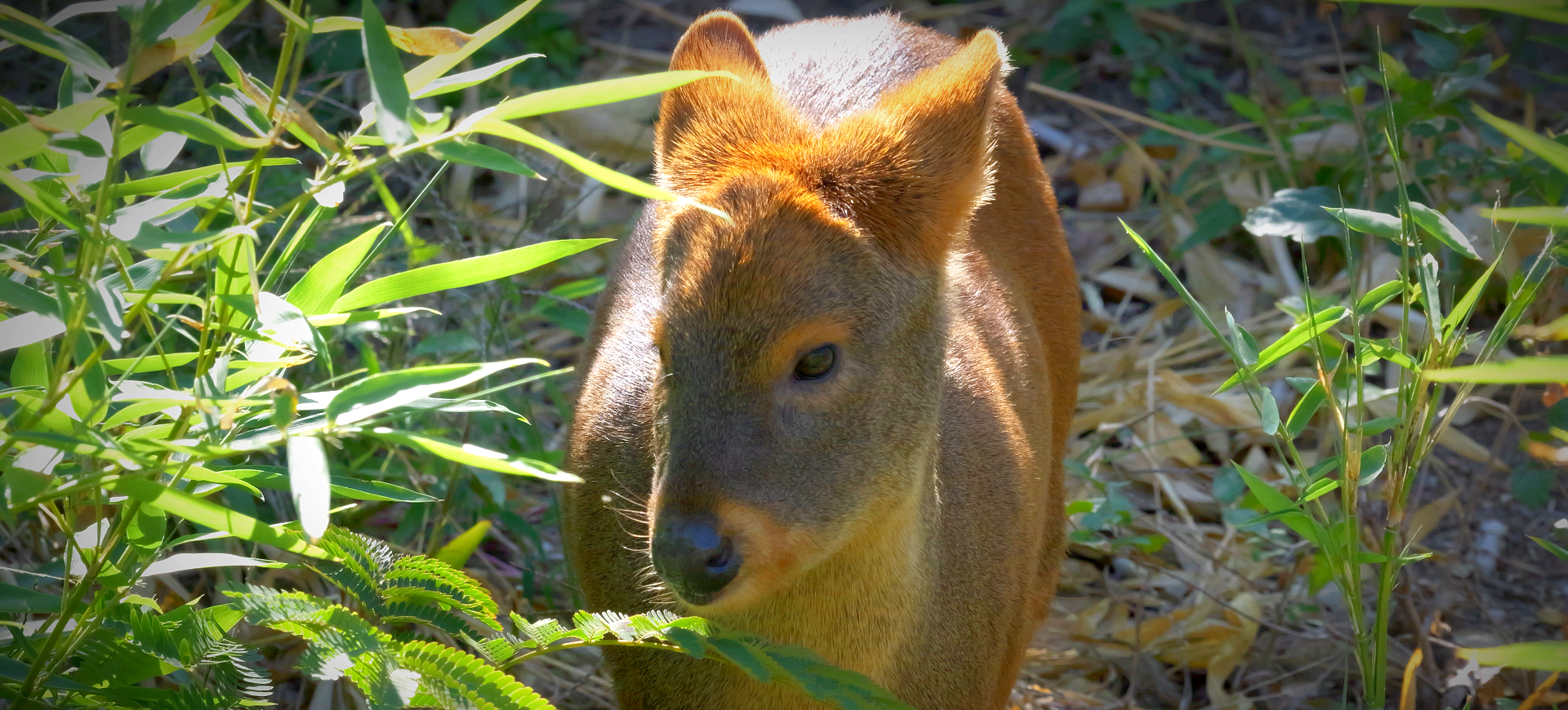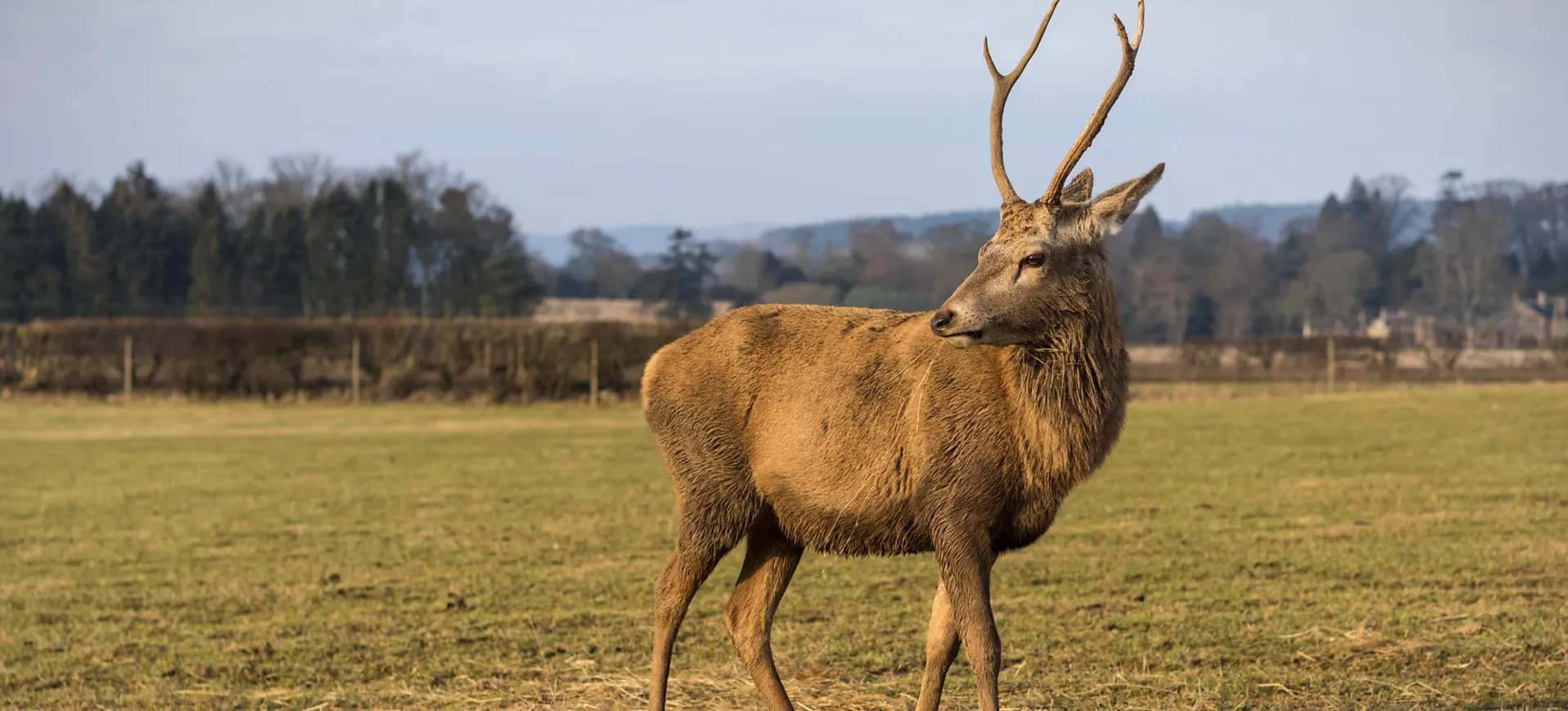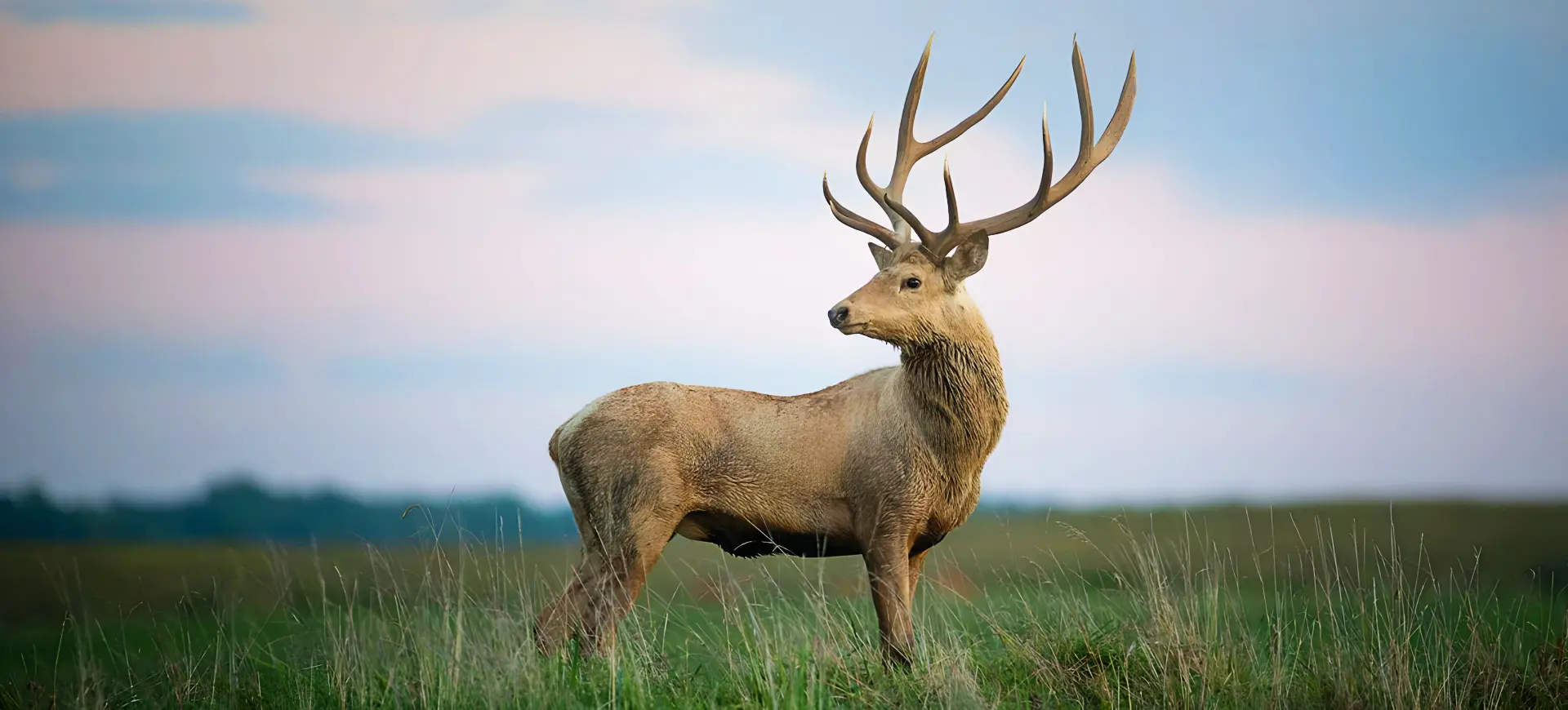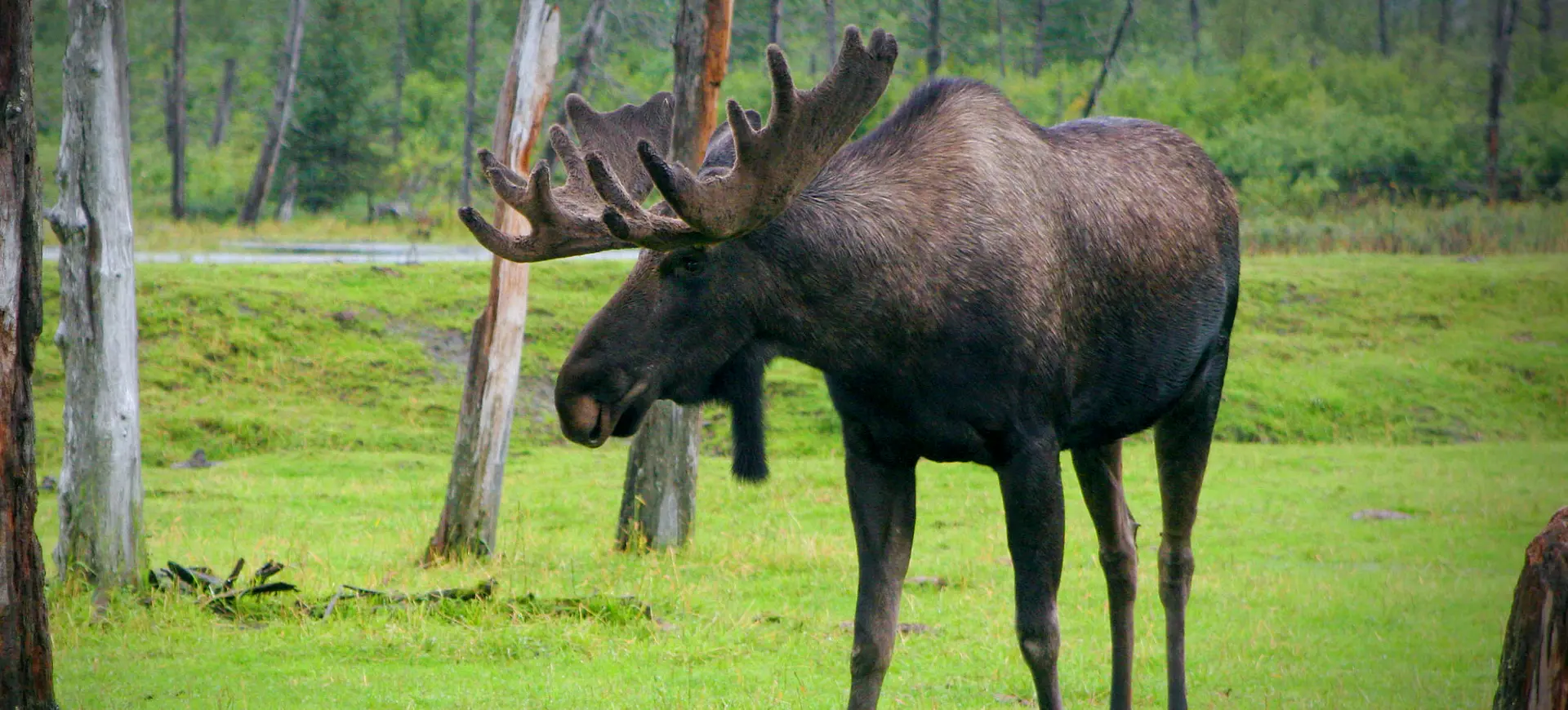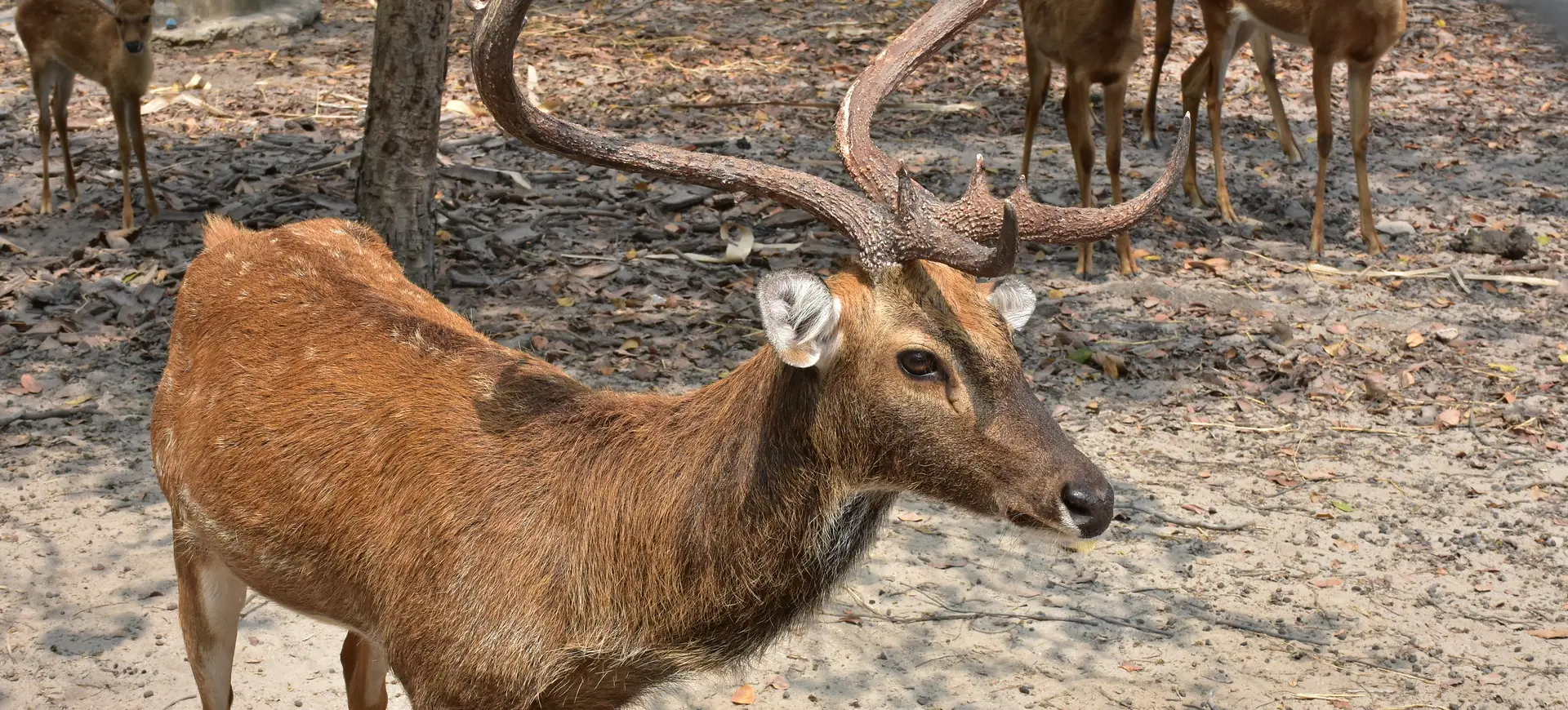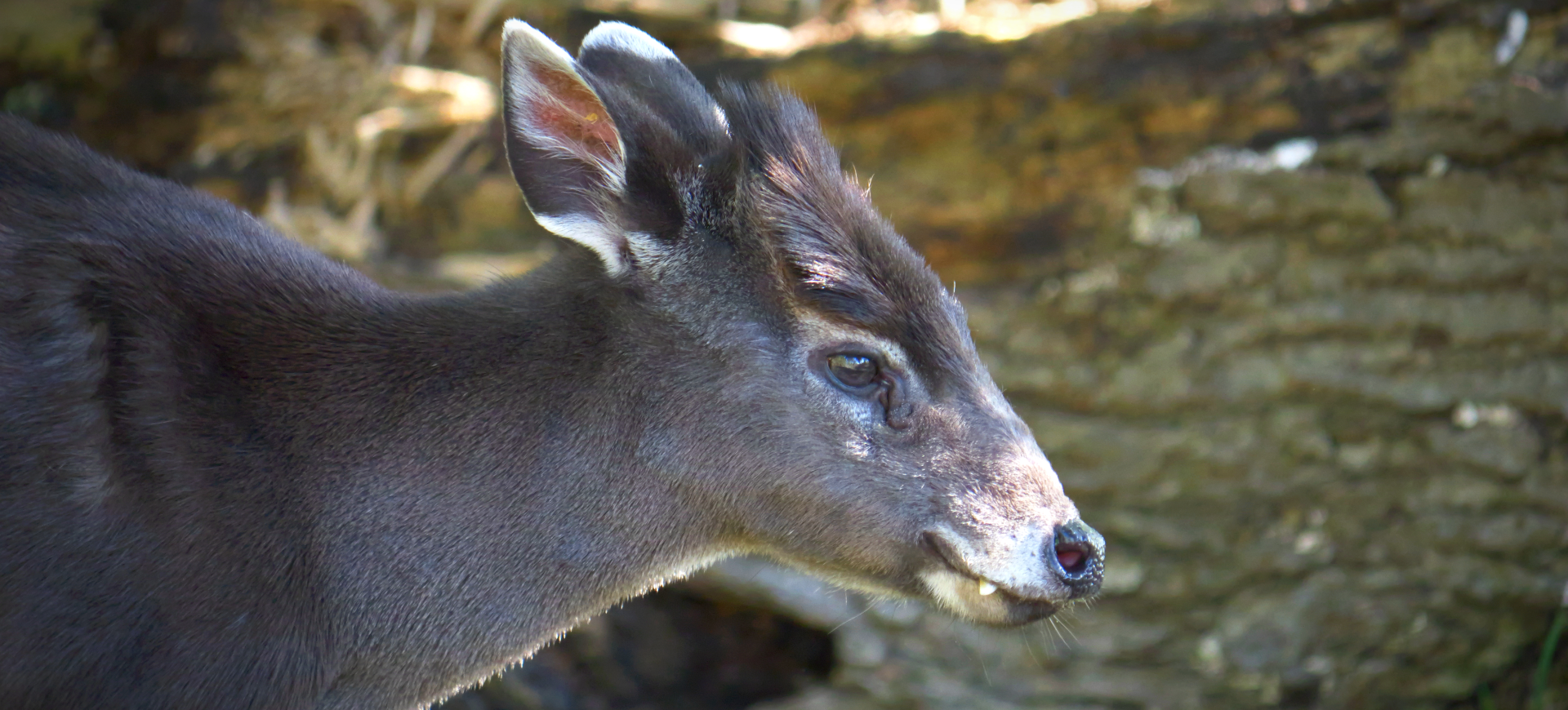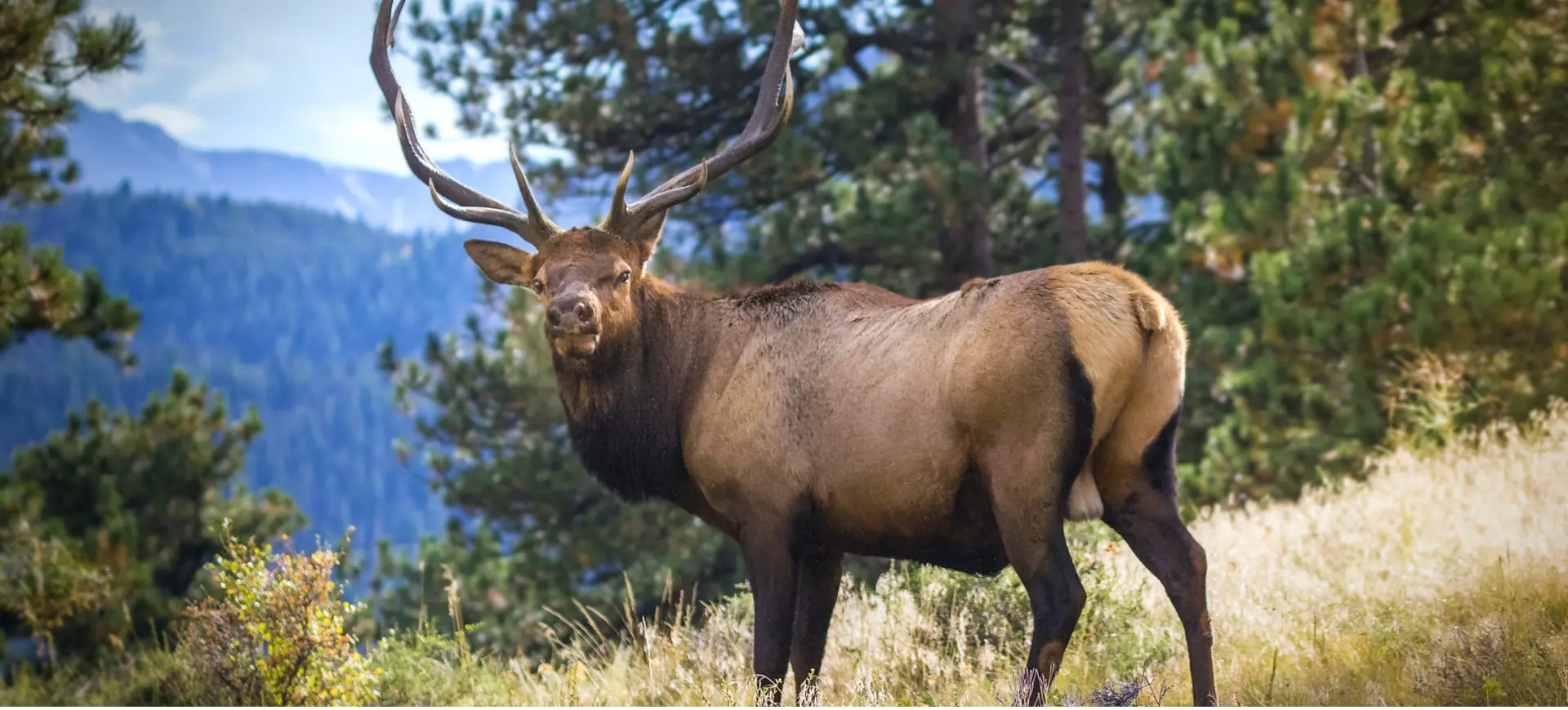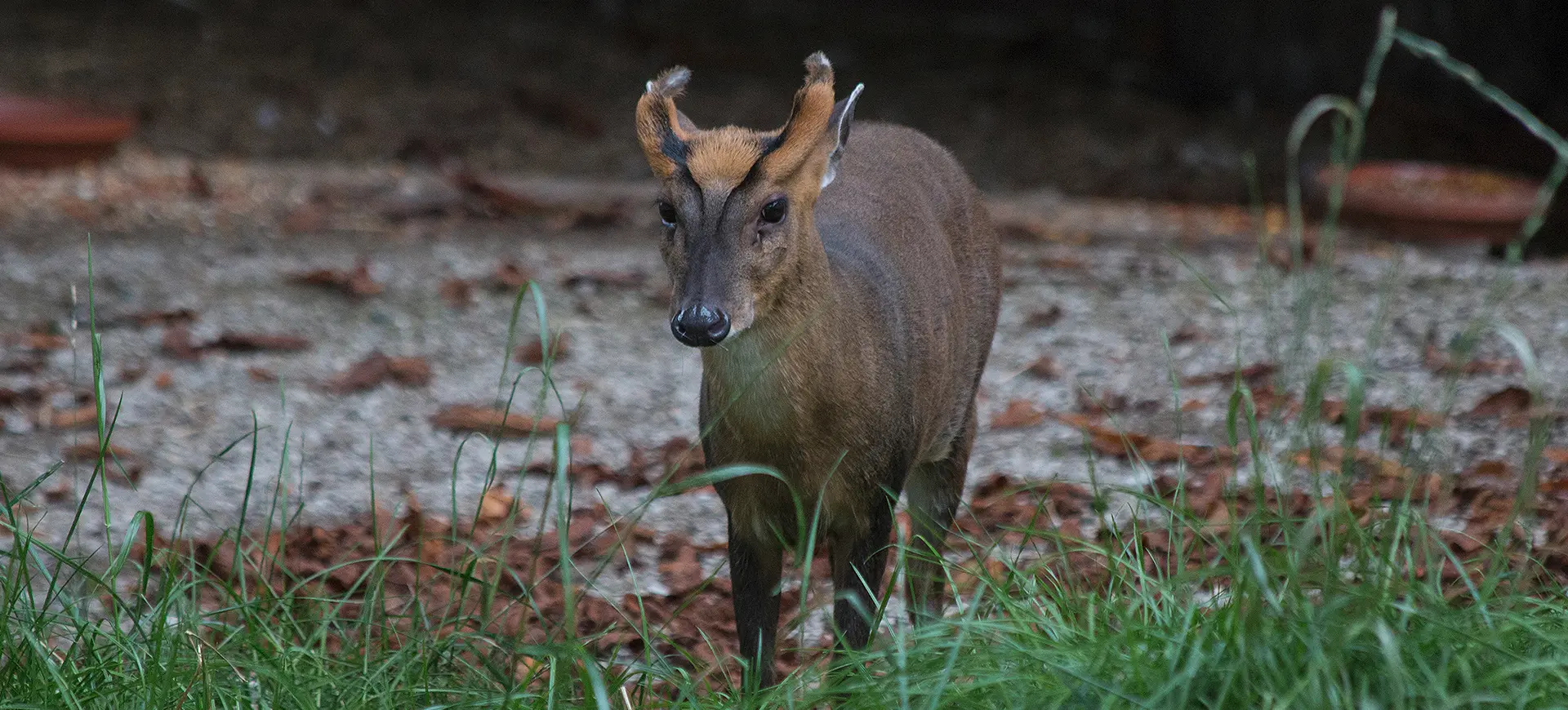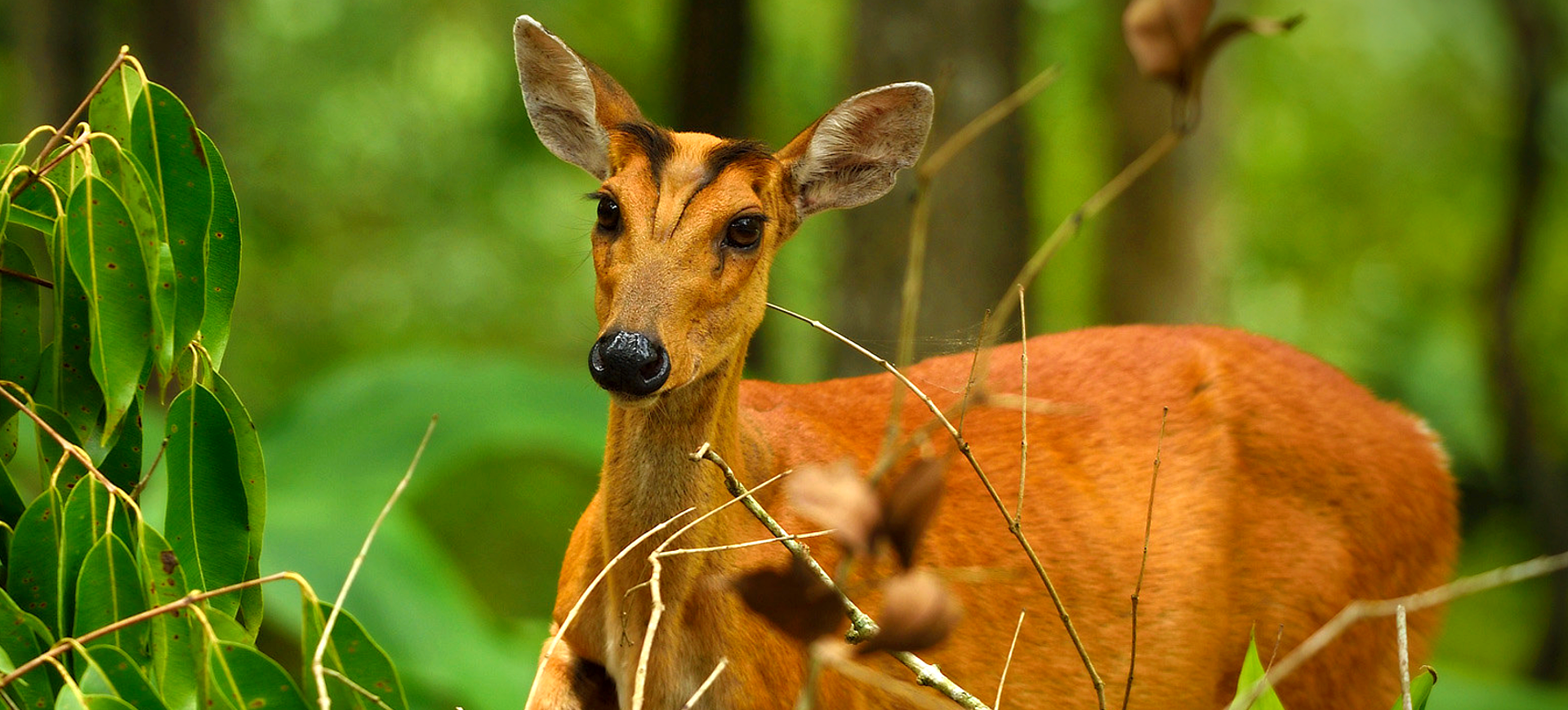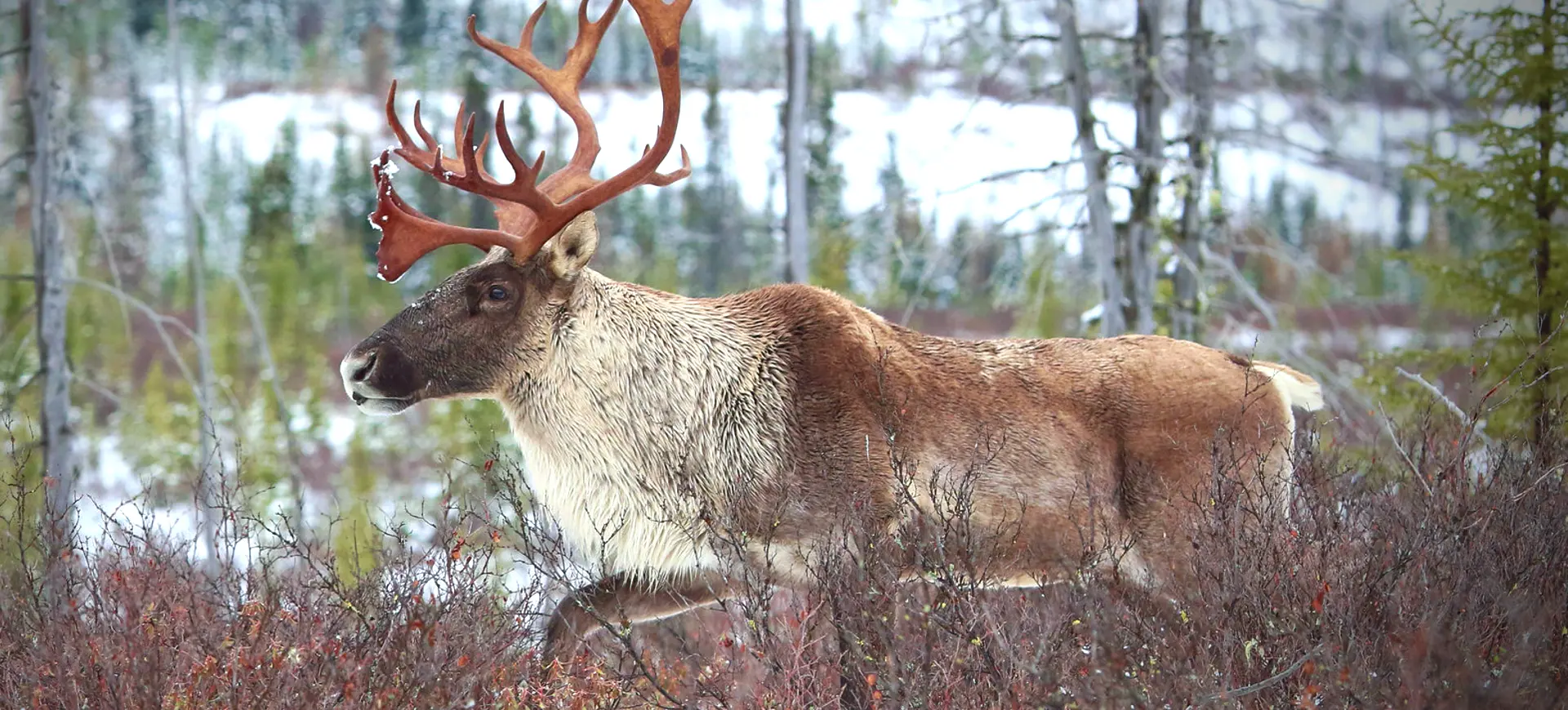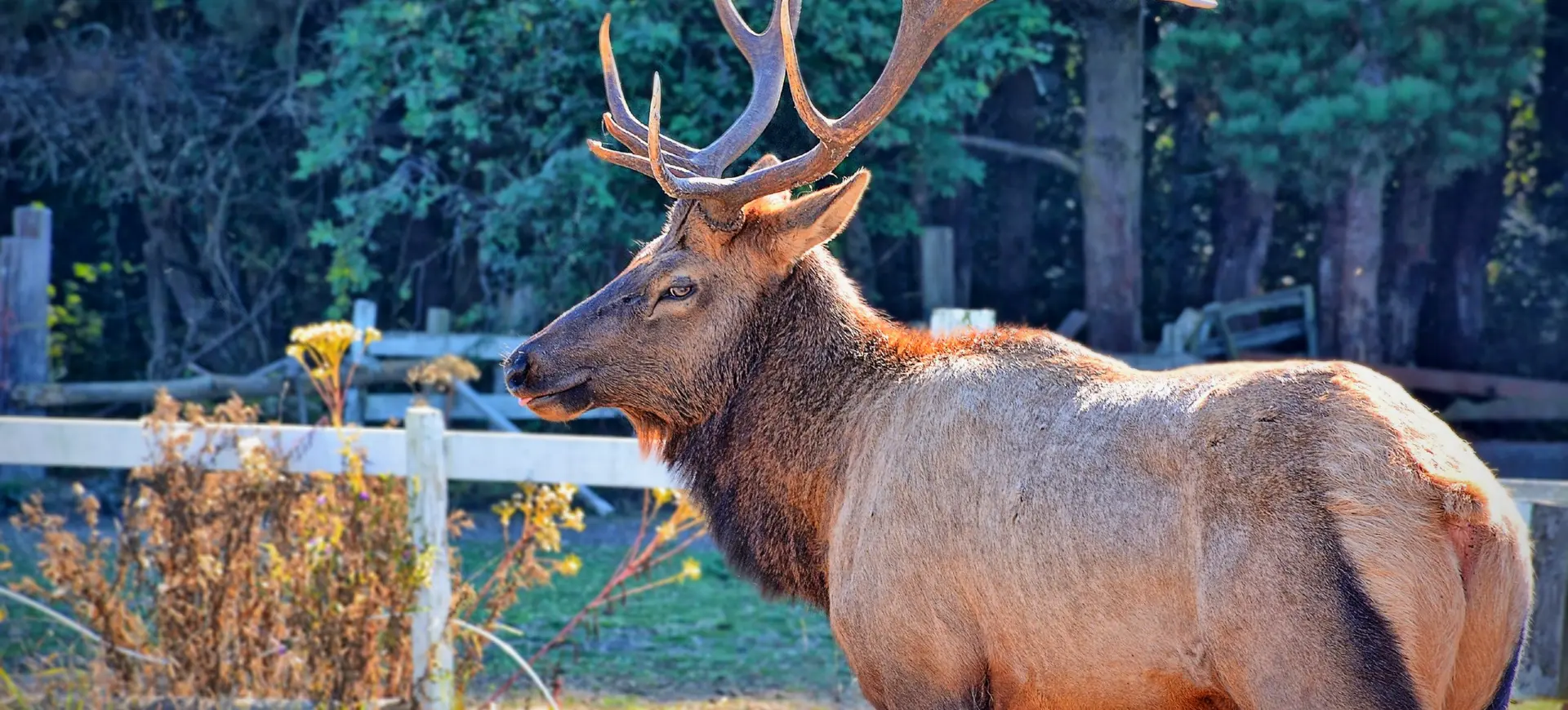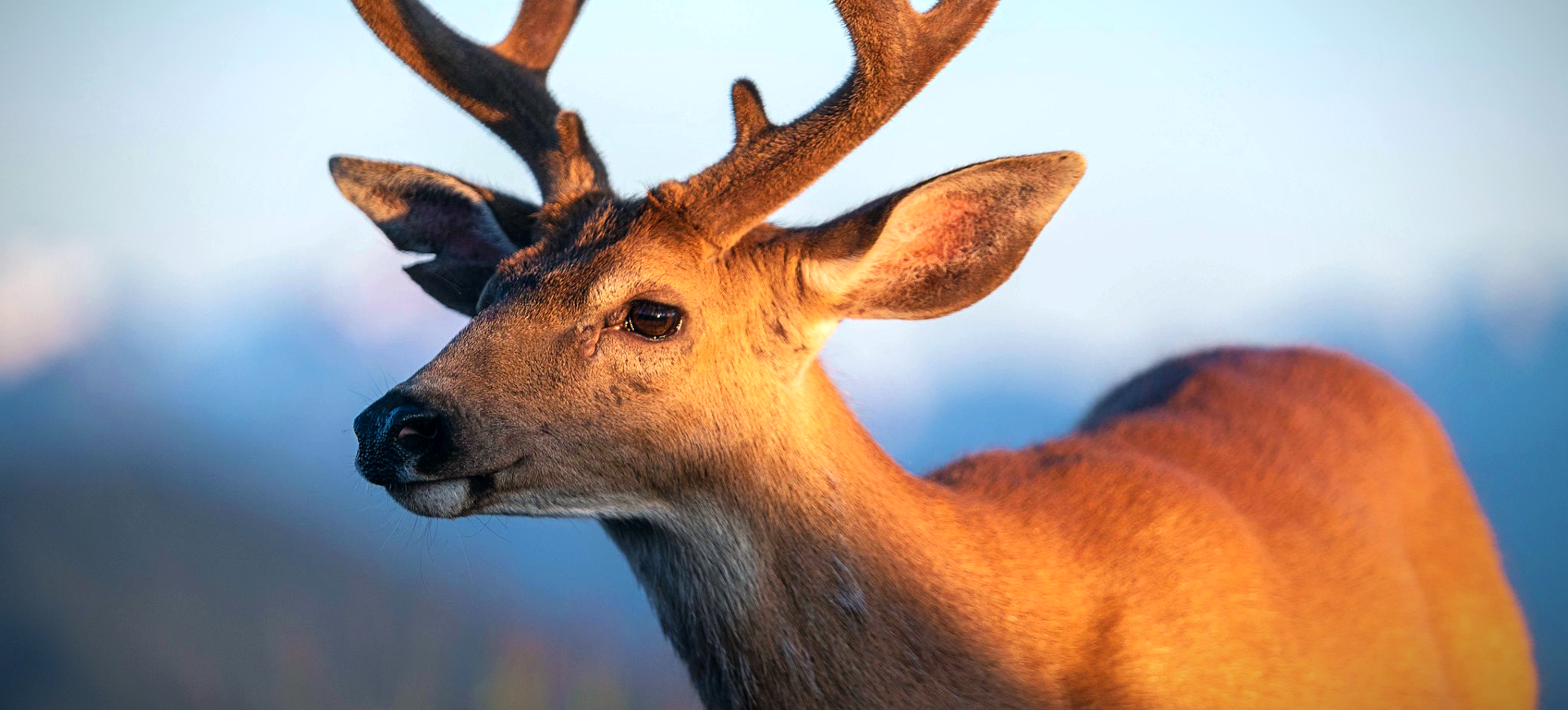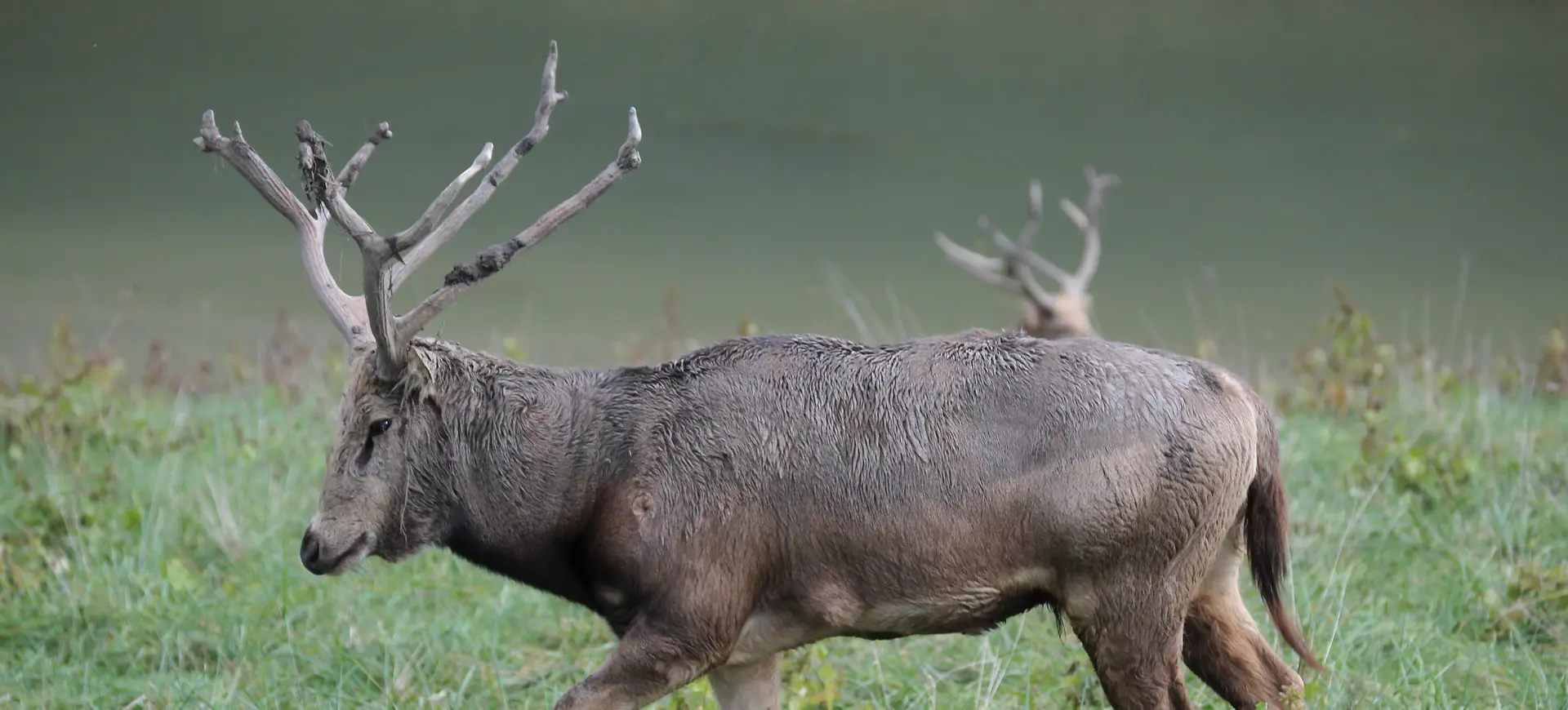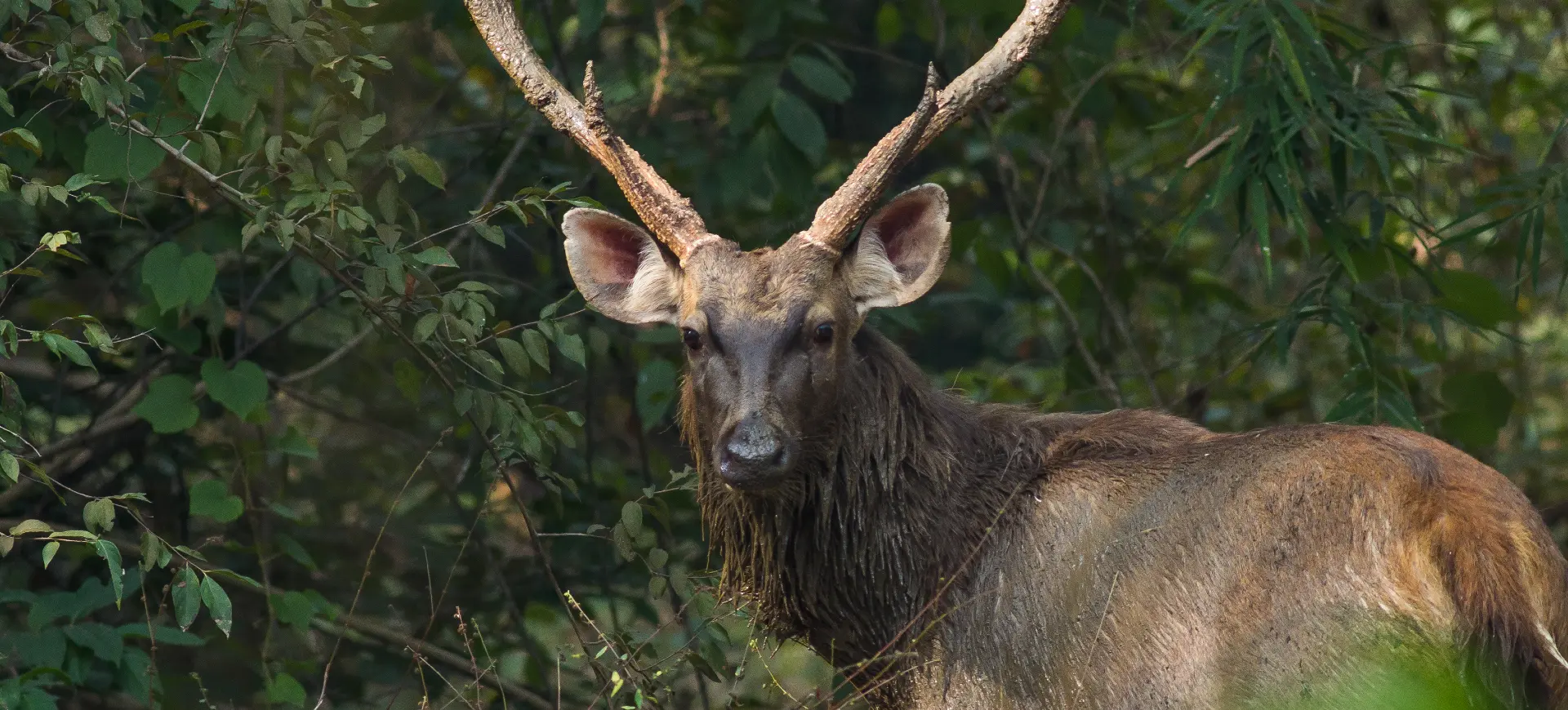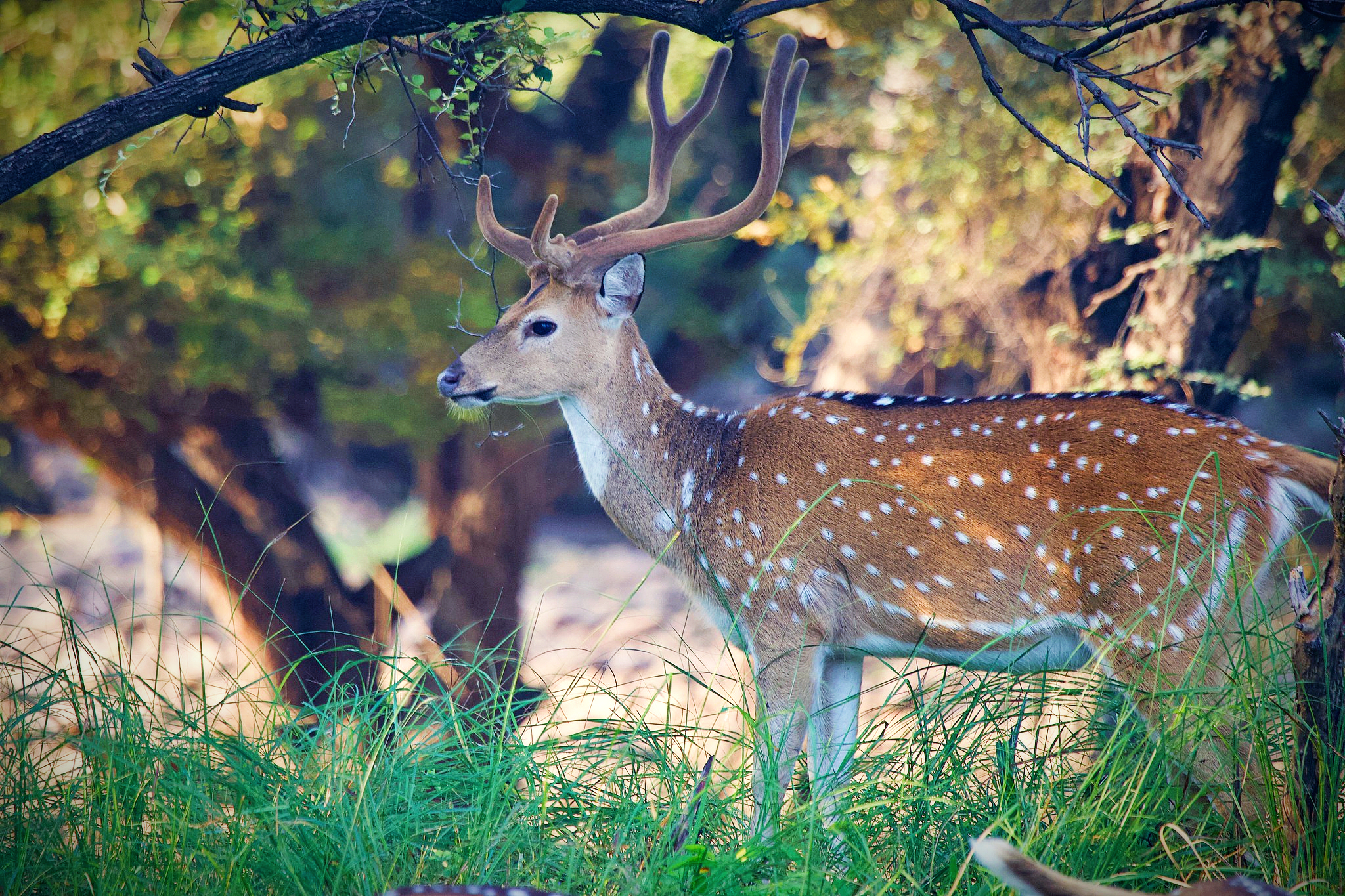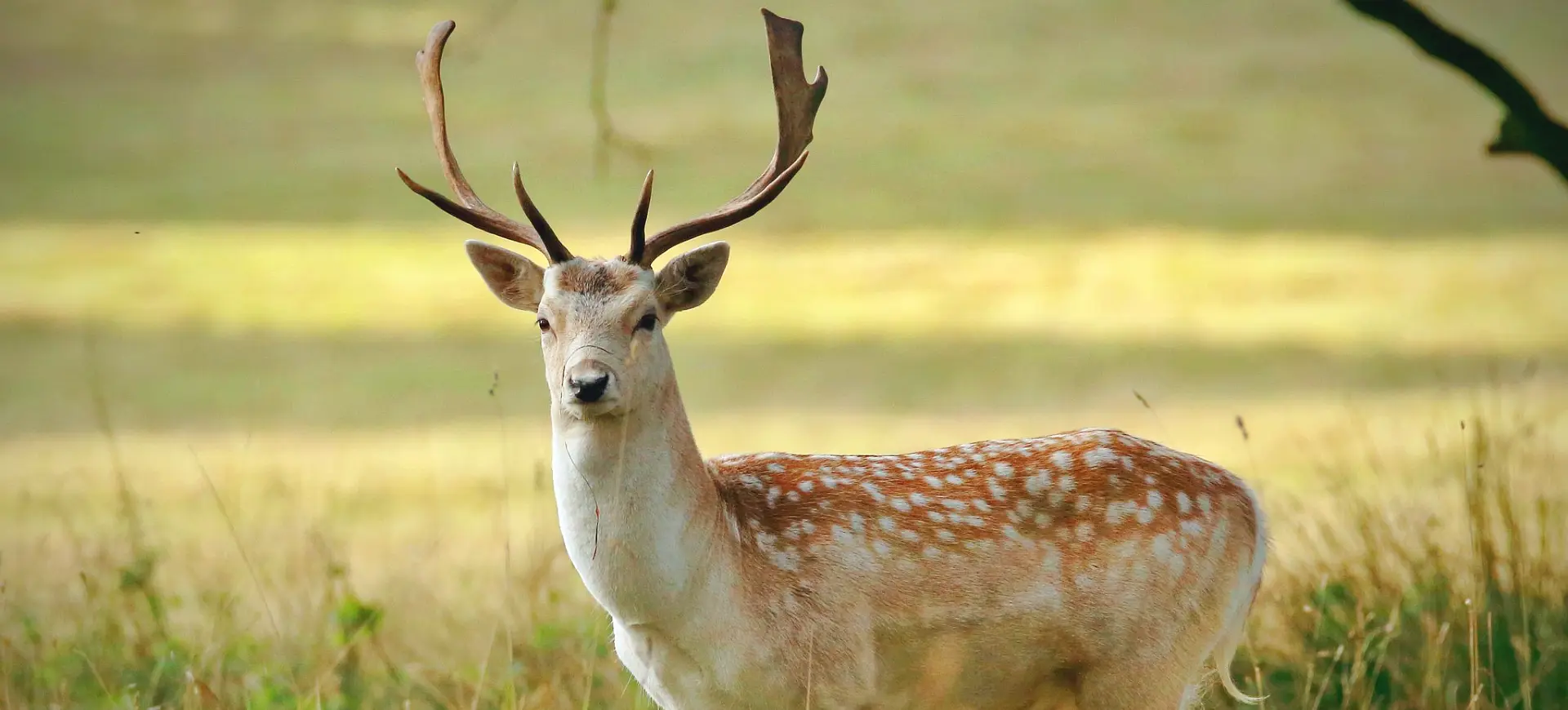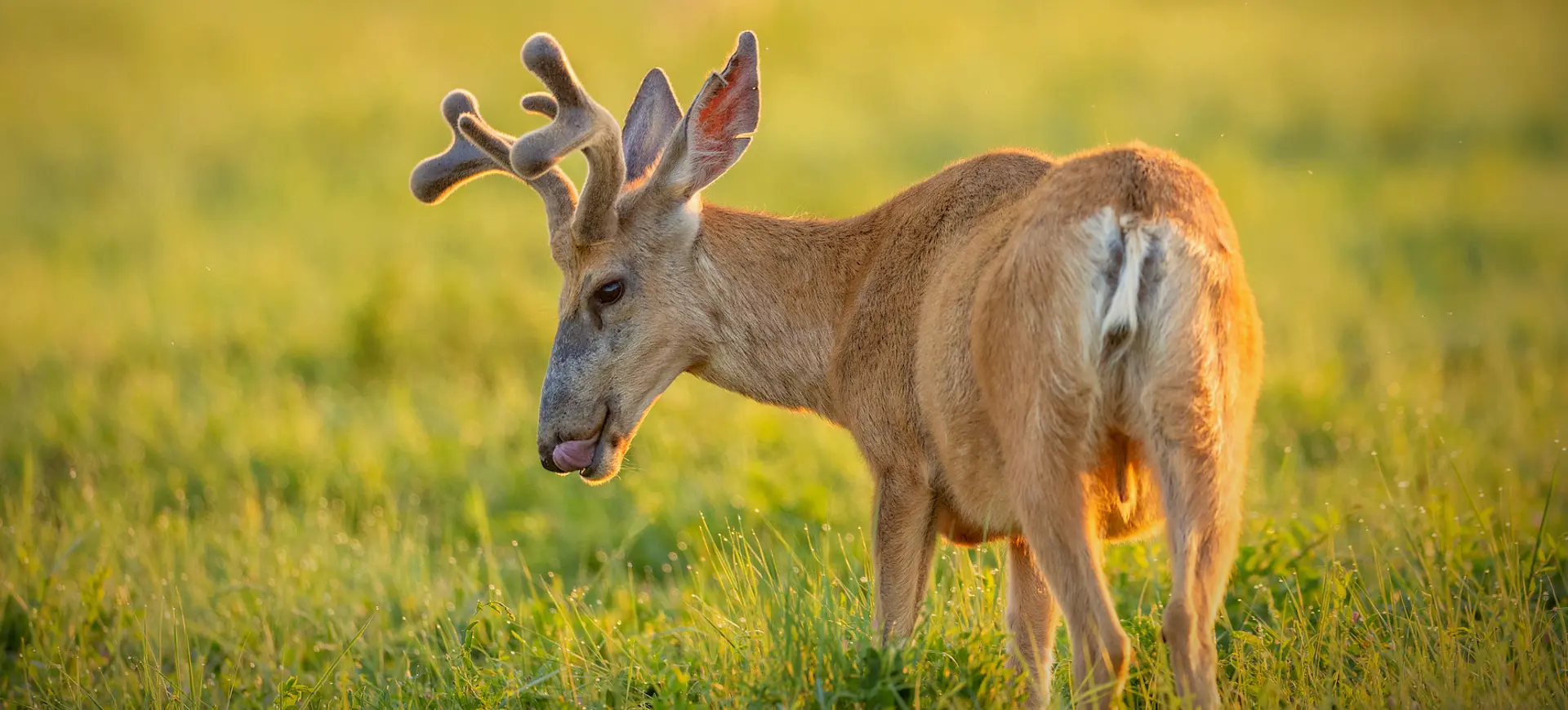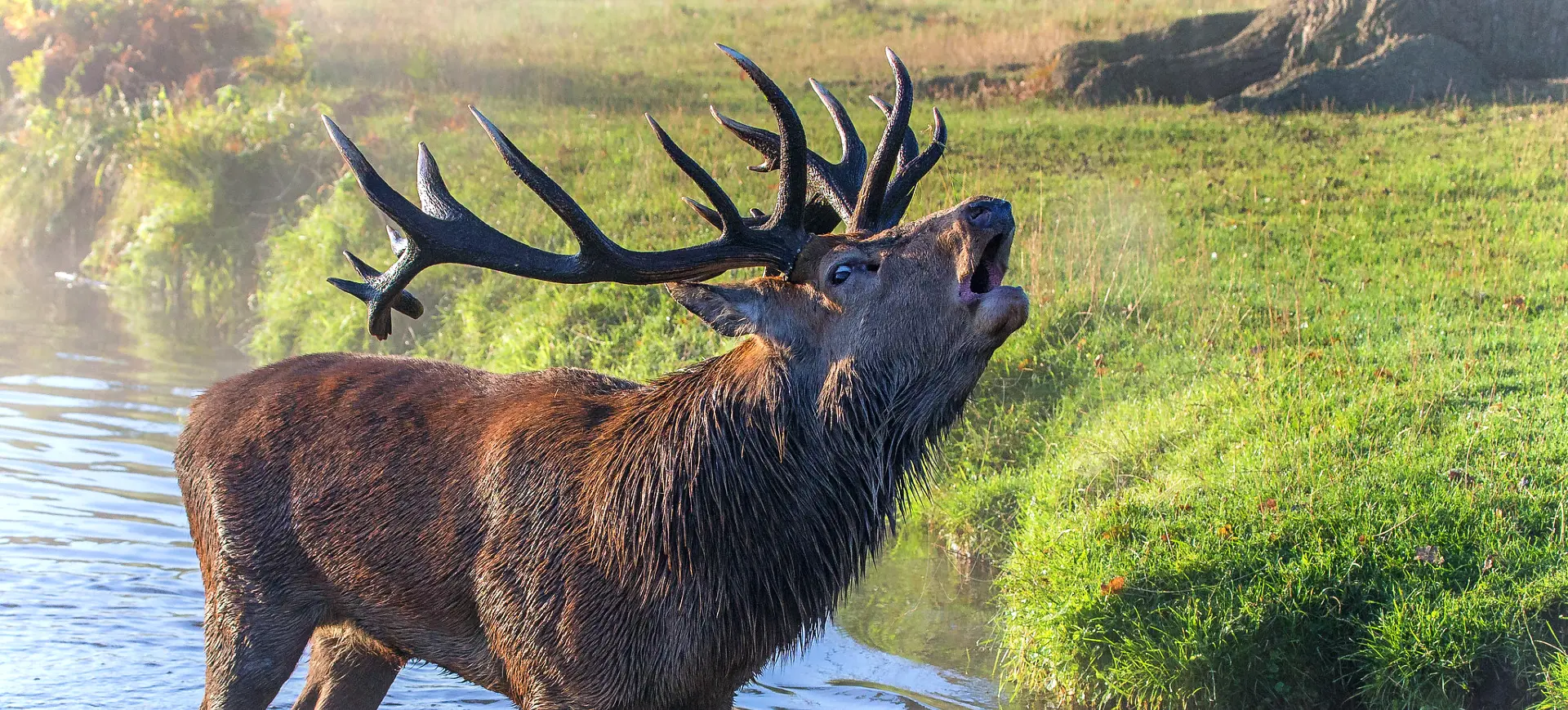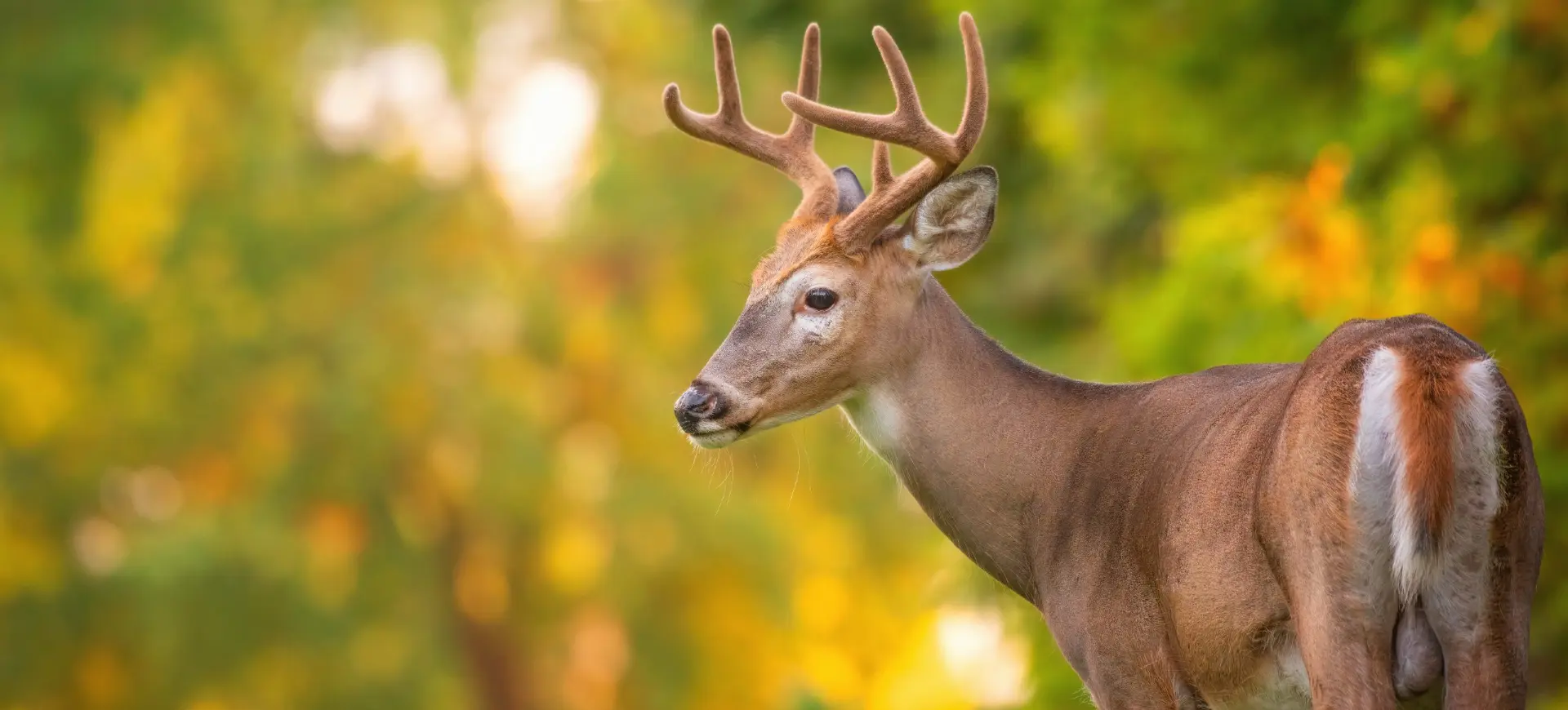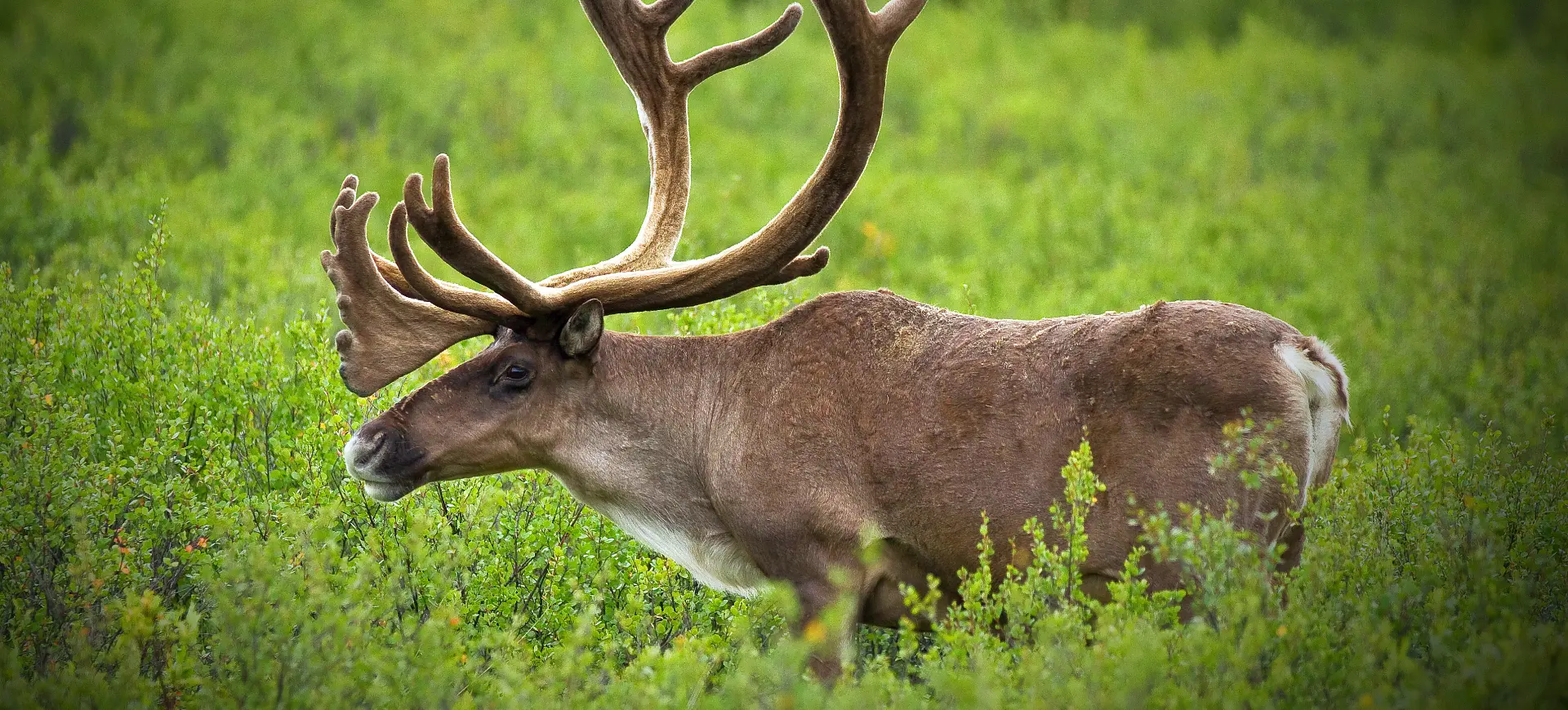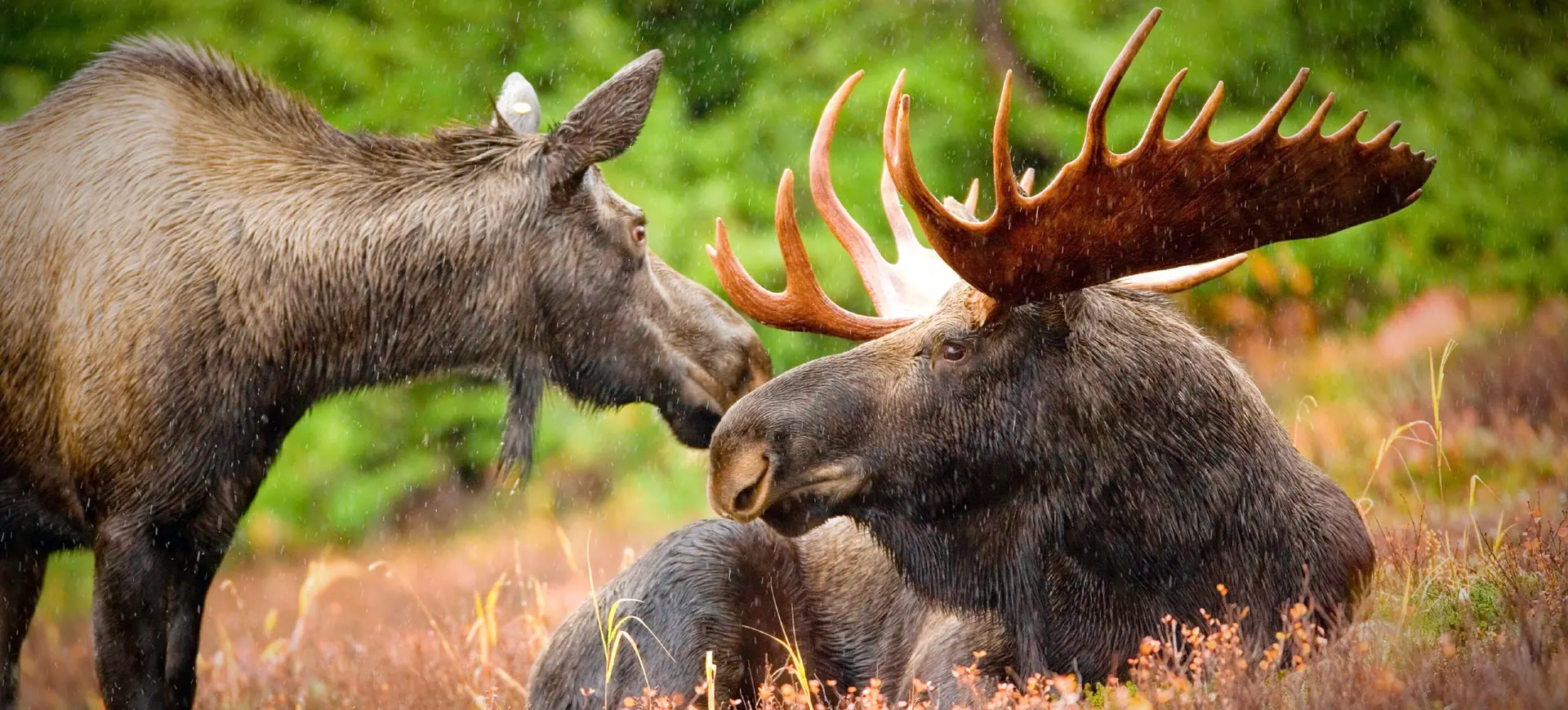Overview
The elk, also known as Cervus canadensis, is a large mammal belonging to the deer family, Cervidae. Native to North America and East Asia, this species is highly adaptable and can thrive in various ecosystems, including forests, grasslands, and national parks. The elk is characterized by its large size, with males possessing impressive antlers that can grow over four feet long. These antlers are shed and regrown annually, serving multiple purposes, including attracting mates and defending territory.
Females, known as cows, are generally smaller than males and lack antlers. Both sexes have a distinct reddish-brown to tan coat, which tends to be darker in winter and lighter in summer, assisting in camouflage. The elk’s body is uniquely adapted for long-distance travel, featuring strong limbs and hooves that can cover various terrains.
An important aspect of the elk’s ecology is its role as a keystone species in many ecosystems. Its grazing helps manage vegetation and serves as a crucial food source for predators like wolves and bears. Human activities, such as hunting and habitat fragmentation, have historically impacted elk populations, but conservation efforts are in place to manage and protect this iconic species.
Taxonomy
Kingdom
Phylum
Class
Order
Family
Genus
Species
Sub Species
Type
Physical Description:
Male elks, also known as bulls, are notably larger than females and possess antlers, a defining characteristic of the species. Antlers can be highly branched and may weigh up to 40 pounds. Males have a thick fur mane around the neck area, and their coat color generally varies from tan to dark brown, becoming darker in winter.
Females are smaller, with an average weight substantially less than males. Unlike males, they do not have antlers. Both sexes have a lighter-colored rump patch, which stands out against their darker body color. Their eyes and ears are proportionally large, enabling keen senses of vision and hearing, advantageous for detecting predators.

Lifespan: Wild: ~10 Years || Captivity: ~20 Years

Weight: Male: 700-1100 lbs (317-499 kg) || Female: 500-700 lbs (227-317 kg)

Length: Male: 8-9 feet (244-274 cm) || Female: 7-8 feet (213-244 cm)

Height: Male: 60-64 inches (152-163 cm) || Female: 55-60 inches (140-152 cm)

Top Speed: 45 mph (72 km/h)
Characteristic:
Native Habitat:
Elk are highly adaptable animals capable of inhabiting a wide range of ecosystems. They are naturally inclined toward forested areas where the canopy provides shelter, but they can also be found in open plains and meadows. In forested regions, elks prefer a mixture of woodland and open space, giving them various food options and increased visibility to spot predators.
Elk are also known for migratory behavior, often covering significant distances to reach favorable feeding grounds or calving sites. Migration routes can extend for hundreds of miles and are often influenced by factors such as seasonal changes, food availability, and the presence of predators.
Climate Zones:
Biogeographical Realms:
Continents:
Countries:
Diet:
Diet & Feeding Habits:
Elk are primarily herbivores, subsisting on a diet that includes grasses, shrubs, and woody plants. They also consume leaves, bark, and buds depending on the availability and season. Due to their large size, elks require a substantial amount of food and may forage for up to 20 hours a day during summer.
The elk’s diet in winter includes more woody elements like twigs and bark. During this season, they may form larger groups and migrate to areas with more abundant food resources. Their digestive system is specially adapted to extract nutrients efficiently, even from less nutritious winter food sources.
Mating Behavior:
Mating Description:
Elk mating season, known as the rut, occurs from late summer to early autumn. During this time, males become particularly aggressive and vocal, emitting loud calls called bugles to attract females and ward off rival males. Bulls also fight, locking their antlers in fierce battles for mating rights.
Females are attracted to the strongest and most dominant males. After mating, females will seek out a secluded area to give birth. The gestation period is about 240 to 262 days, after which a single calf, occasionally two, is born. The mother will keep the calf hidden for the first few weeks of its life before rejoining the herd.
Reproduction Season:
Birth Type:
Pregnancy Duration:
Female Name:
Male Name:
Baby Name:
Social Structure Description:
Elk are social animals that live in groups, which vary in composition and size depending on the season and local conditions. Most of the year, females and their offspring form herds separate from the males. Males may form small groups or remain solitary.
During the mating season, males compete for the attention of females and may gather harems. The individuals’ age, size, and fitness determine hierarchies within these groups. Social learning is crucial for young elk, who learn essential skills like foraging and predator avoidance from their mothers and other experienced adults in the herd.
Groups:
Conservation Status:
Population Trend:
Elk populations in North America are generally considered stable, with an estimated one million individuals in the wild. This stability is partly due to successful conservation and management programs, including regulated hunting and habitat preservation, which help maintain balanced ecosystems and healthy populations.
However, localized declines have been observed due to factors like habitat fragmentation, disease, and unregulated hunting in the past. Public and private organizations actively engage in monitoring and management programs to ensure the long-term viability of elk populations across their natural range.
Population Threats:
The primary threats to elk populations include habitat loss and fragmentation, primarily due to agricultural expansion and urban development. In some areas, road construction and increased human activity have also led to habitat degradation and an increased risk of vehicle collisions.
Predation from natural predators like wolves and bears does impact elk numbers but is generally considered a normal ecological process. Human-induced factors such as poaching and the spread of diseases like chronic wasting disease pose additional threats to some local populations.
Conservation Efforts:
Conservation strategies for elk include habitat restoration and the establishment of wildlife corridors to mitigate the effects of habitat fragmentation. Public and private partnerships have been instrumental in funding and implementing these programs.
Regulated hunting is also employed as a conservation tool. Wildlife agencies can control elk populations and generate revenue that can be reinvested into further conservation efforts by issuing a specific number of hunting permits. Education and advocacy also play crucial roles in ensuring the elk’s long-term survival.
Additional Resources:
Fun Facts
- Elk antlers can grow up to an inch per day during peak growth season.
- The name “elk” is a bit confusing; in Europe, “elk” refers to what Americans call a “moose.”
- Elk are excellent swimmers.
- The sound made by males during the rut is called a “bugle.”
- Elk can consume up to 20 pounds of vegetation in a day.
- Their keen sense of smell is believed to be better than a bloodhound’s.
- Elk hooves are concave underneath, acting like suction cups to help them navigate slippery surfaces.
- Elk may dig through snow using their hooves to reach vegetation in winter.
- They are one of the largest species within the deer family.
- Elk have been reintroduced successfully in several states where they were previously extirpated.











